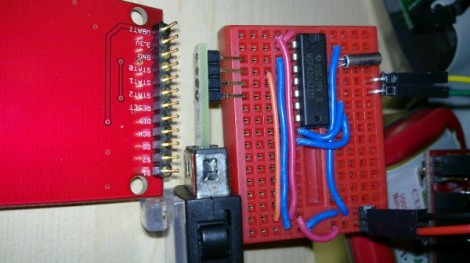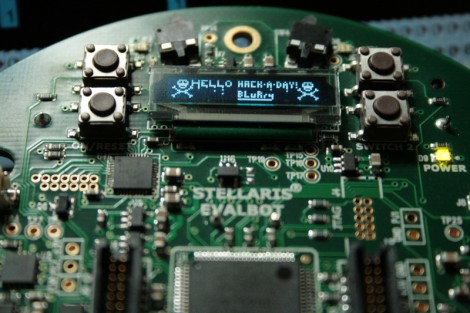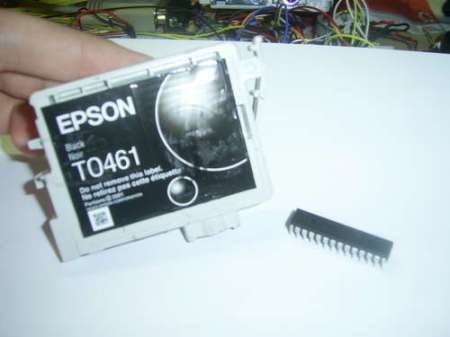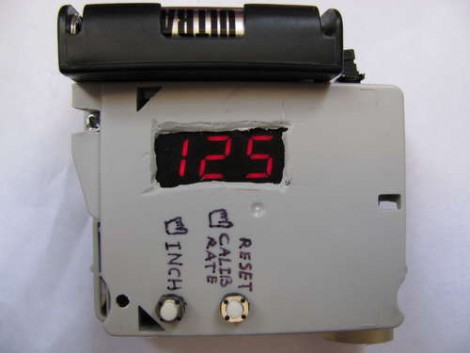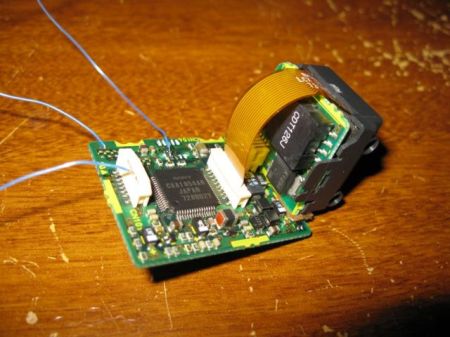
[mudlevel] built this rainbow graffiti producing robot for an art exhibit in San Diego. While there are no build details we can easily pick this apart from the pictures. Looks like the brains are an arduino, the drive is a power drill with the trigger removed, and a few other servos for firing the spray cans. The counter weighted arm for creating the rainbow was a pretty good idea too. Watching this, we had an idea for a super simple purely mechanical way to do this that would be similar to a catapult. You could use the motion of the trailer to “wind up” the counter balance with a simple ratcheting spool of string attached to the axle. Engage your spray cans and let the balance drop and you’re done. Pedal on to re-wind the counterbalance for another rainbow.


